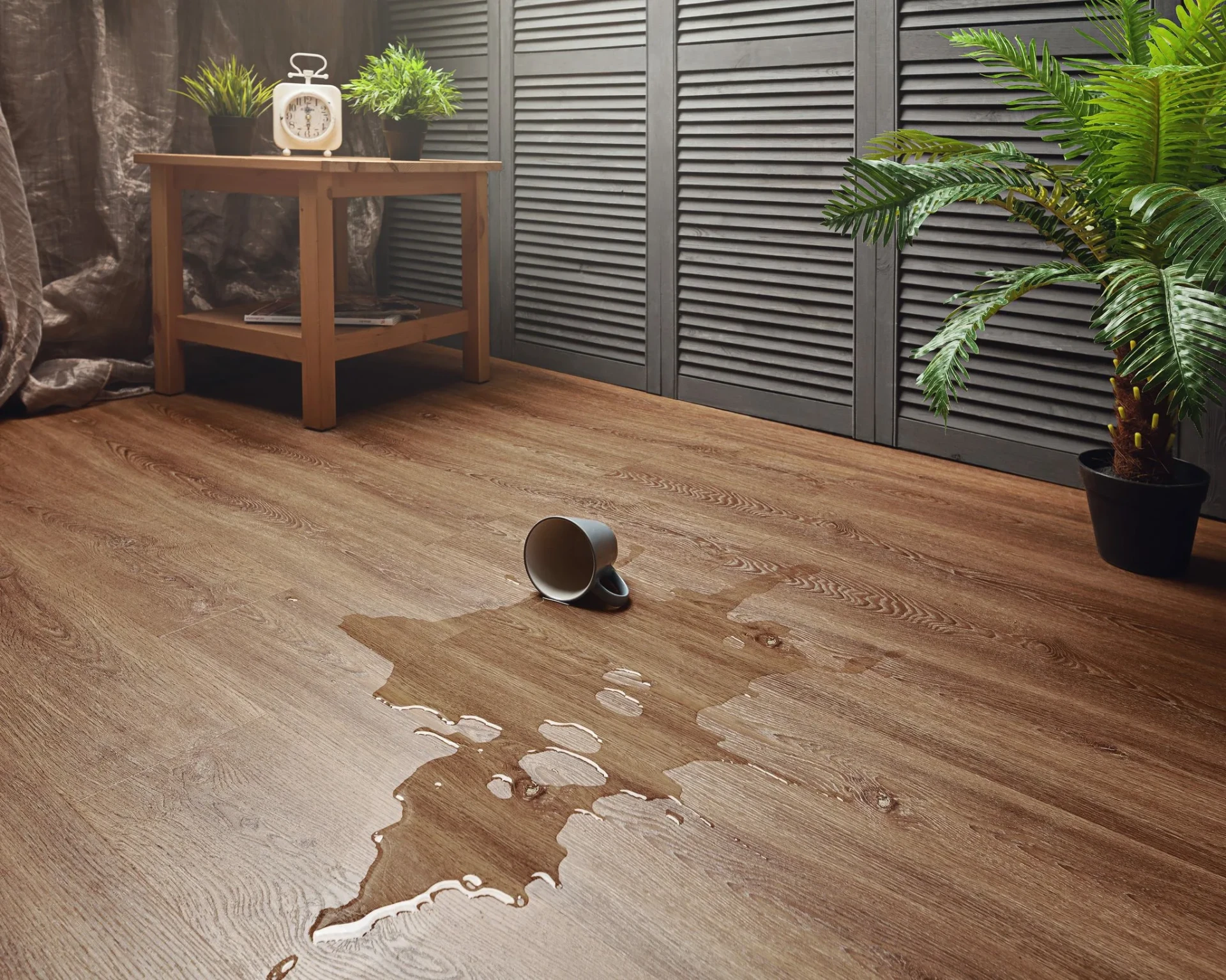enlio how to tell what type of flooring i have
How to Identify Your Type of Flooring A Comprehensive Guide
Flooring is an essential aspect of any home or commercial space. It not only contributes to the aesthetic appeal but also affects the comfort, maintenance, and durability of the environment. When considering updates or repairs, knowing what type of flooring you have is crucial. This article aims to guide you through the process of identifying your flooring type, whether it's hardwood, laminate, vinyl, tile, or carpet.
Step 1 Visual Inspection
The first step in identifying your flooring is conducting a visual inspection. Begin by clearing the area of furniture and looking closely at the surface. Here are some characteristics of common flooring types to watch for
Hardwood Genuine hardwood flooring typically features natural wood grain patterns and variations in color. It may show signs of wear, scratches, or dents over time due to its organic material. The edges of hardwood planks are usually tongue-and-groove, and you might notice nail or staple marks.
Laminate Laminate flooring, while mimicking the look of wood, has a more uniform appearance with a photographic layer that replicates wood grain. It’s made of composite layers and tends to feel less solid underfoot. If the edges of the planks are slightly beveled, it is likely laminate.
Vinyl Vinyl flooring is often mistaken for linoleum but is more durable and versatile. It comes in sheets, tiles, or planks. Vinyl has a smooth, often shiny surface and may display printed patterns or textures. If you can lift a corner and it feels flexible, it’s likely vinyl.
Tile Ceramic or porcelain tiles are hard and cold to the touch. They come in various sizes, shapes, and colors, often featuring grout lines between them. Tiles are incredibly durable and resistant to moisture. A common characteristic is a consistent pattern that can sometimes resemble natural stone.
Carpet Carpet flooring is soft, warm, and often comes in a wide range of colors and textures. It can be plush, looped, or patterned. You can identify carpet by its texture and the way it feels underfoot. If you notice seams or edge bindings, that may also indicate that you have carpet.
Step 2 Conduct a Physical Test
If the visual inspection didn't provide clear answers, try a physical test. Each flooring type possesses unique tactile characteristics
- Hardwood When tapped with a fingernail, hardwood will produce a solid sound, while scratches often reveal the natural wood beneath.
- Laminate Tapping laminate flooring usually has a hollow sound compared to hardwood. You might also notice it feels cooler than wood.
- Vinyl Vinyl feels soft and flexible. If you press down with your finger, you might notice it gives slightly and then returns to its original shape.
enlio how to tell what type of flooring i have

- Tile Tiles are hard and unyielding. They don’t give at all when you press down on them and often feel cooler than other surfaces.
- Carpet When pressed, carpet usually compresses and has a cushy feel. It absorbs sound and provides warmth.
Step 3 Check for Moisture Resistance
Some flooring types are more resistant to moisture than others. If you suspect your floor may be in a high-humidity area, conduct a moisture test
- Hardwood If water droplets bead on the surface, it may be treated or finished. Prolonged exposure to moisture can lead to warping.
- Laminate It tends to fare better than hardwood with moisture but isn’t completely waterproof. If it warps, it may be laminate.
- Vinyl Generally waterproof, vinyl resists moisture well. If it’s installed in areas prone to spills, it likely is vinyl.
- Tile Most tile floors are impervious to moisture, especially porcelain tiles.
- Carpet Carpets can trap moisture, so check for dampness or mold underneath. This can indicate other issues.
Step 4 Consult Professional Resources
If you're still uncertain about your flooring type, consider consulting professionals. Flooring specialists and home inspectors can provide clarity and even offer advice on the best maintenance practices for your specific flooring type.
Conclusion
Identifying your type of flooring doesn’t have to be a daunting task. By following the steps outlined above—conducting a visual inspection, performing tactile tests, checking for moisture resistance, and consulting professionals—you can clarify what type of flooring you have. This knowledge will empower you to make informed decisions regarding repairs, renovations, or replacements, ensuring your space remains beautiful and functional for years to come.
-
The Evolution of Luxury Flooring Guangzhou Enlio's JourneyAug.05,2025
-
Innovative Commercial Flooring Solutions from Guangzhou Enlio SportsAug.05,2025
-
Premium Interior Solutions with Quality Skirting OptionsAug.05,2025
-
Masking Tape The Essential Tool for Professional ApplicationsAug.05,2025
-
SPC Vinyl FlooringJul.18,2025
-
Home SPC FlooringJul.18,2025




